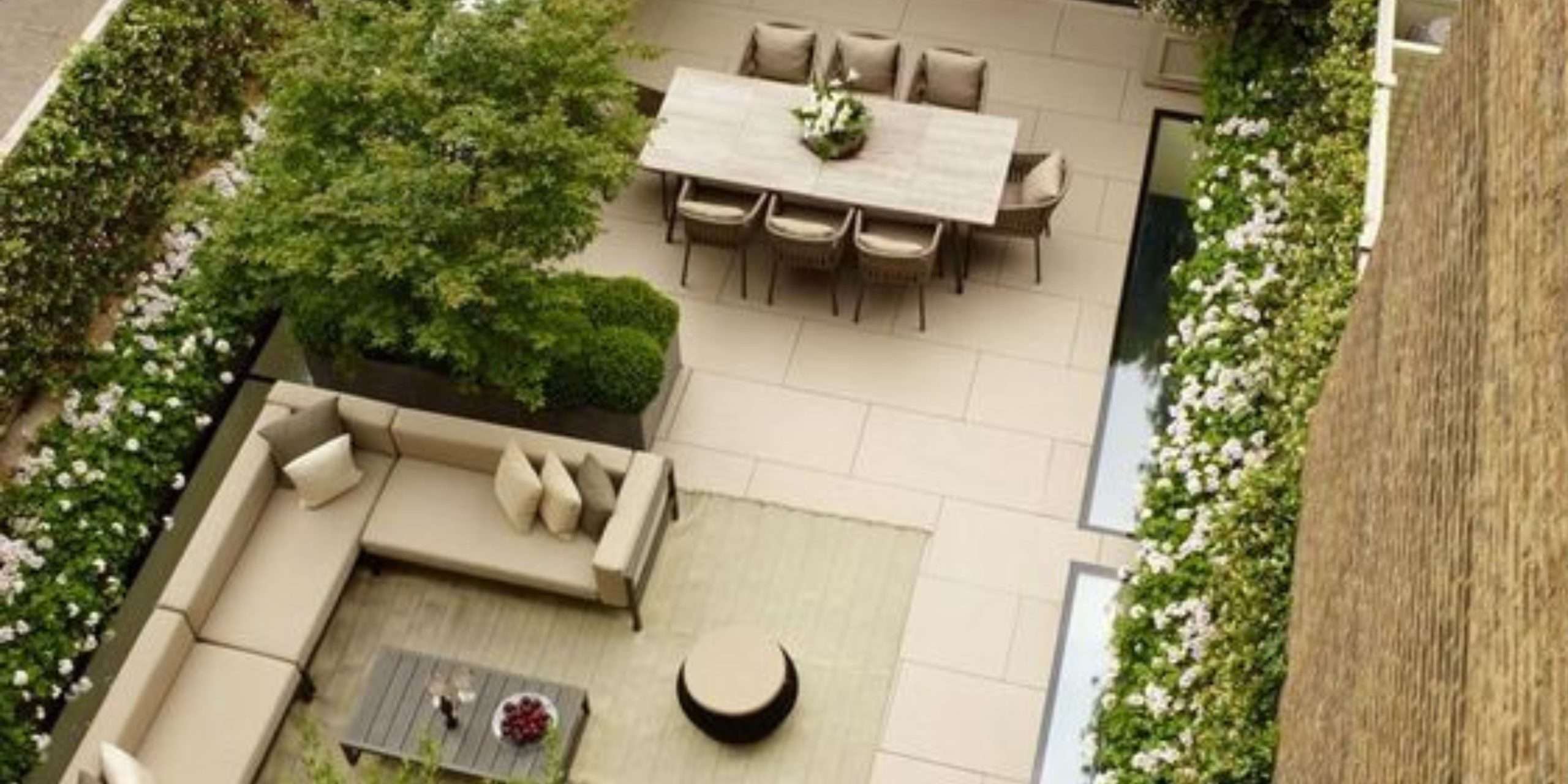As awareness of environmental issues grows, more homeowners and builders are seeking ways to reduce the ecological footprint of their construction projects. Sustainable building practices not only benefit the environment but also often result in long-term cost savings and healthier living spaces. Here’s a guide on how to minimize the ecological impact when installing building elements.
Choose Sustainable Materials
The choice of materials plays a significant role in the ecological footprint of a construction project. Opt for sustainable materials that are responsibly sourced, have low environmental impact, and can be recycled or reused.
- Recycled Materials: Use recycled or reclaimed materials such as reclaimed wood, recycled metal, and recycled plastic composites. These materials reduce the need for virgin resources and minimize waste.
- Sustainable Wood: If using wood, choose products certified by organizations like the Forest Stewardship Council (FSC), which ensure the wood is sourced from responsibly managed forests.
- Eco-Friendly Insulation: Consider insulation made from natural fibers like wool, cotton, or cellulose, which are renewable and have lower environmental impacts compared to traditional insulation materials.
Efficient Design and Planning
Thoughtful design and planning can significantly reduce waste and improve the efficiency of a building project. Work with architects and designers who prioritize sustainability and energy efficiency.
- Optimize Space: Design spaces that maximize natural light and ventilation, reducing the need for artificial lighting and air conditioning.
- Modular Construction: Consider modular or prefabricated building elements, which can minimize material waste and reduce construction time and costs.
- Flexibility and Longevity: Plan for the future by designing adaptable spaces that can be easily modified or expanded, extending the building’s lifespan and reducing the need for future renovations.
Energy-Efficient Building Systems
Incorporate energy-efficient systems and technologies to reduce the building’s overall energy consumption and carbon footprint.
- Solar Panels: Install solar panels to generate renewable energy and reduce reliance on fossil fuels.
- Energy-Efficient Windows: Use double or triple-glazed windows to improve insulation and reduce energy loss.
- LED Lighting: Install energy-efficient LED lighting, which uses less electricity and has a longer lifespan compared to traditional bulbs.
Water Conservation
Minimize Construction Waste
Reducing construction waste is essential for lowering the environmental impact of a building project. Implement waste reduction strategies throughout the construction process.
- Accurate Measurements: Use precise measurements to order the correct amount of materials, minimizing excess and waste.
- Recycling and Reuse: Set up a recycling program on the construction site to separate and recycle materials like metal, cardboard, and plastic. Reuse materials whenever possible.
- Waste Management Plan: Develop a comprehensive waste management plan outlining how different types of waste will be handled, recycled, or disposed of.
Green Roofing and Landscaping
Incorporate green roofing and sustainable landscaping practices to improve the building’s environmental performance and aesthetics.
- Green Roofs: Install green roofs with vegetation that can reduce heat absorption, improve insulation, and support biodiversity.
- Xeriscaping: Use xeriscaping techniques to create landscapes that require minimal water and maintenance.
- Natural Landscaping: Preserve existing trees and natural landscapes as much as possible, and incorporate native plants that support local ecosystems.
Challenges and Solutions in Reducing Ecological Footprints
While the shift towards sustainable construction is essential, it comes with several challenges:
- Cost Implications: Initially, investing in green technology and materials can be more expensive than traditional methods.
- Availability of Sustainable Materials: Limited availability can be a barrier, requiring enhanced supply chain solutions.
Solutions to these challenges include:
- Government Subsidies: Encouraging the use of sustainable practices through financial incentives.
- Increased Research and Development: Innovating cheaper and more efficient green building technologies.


